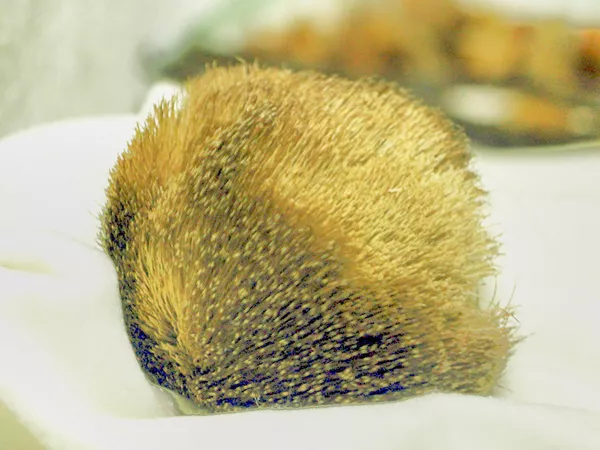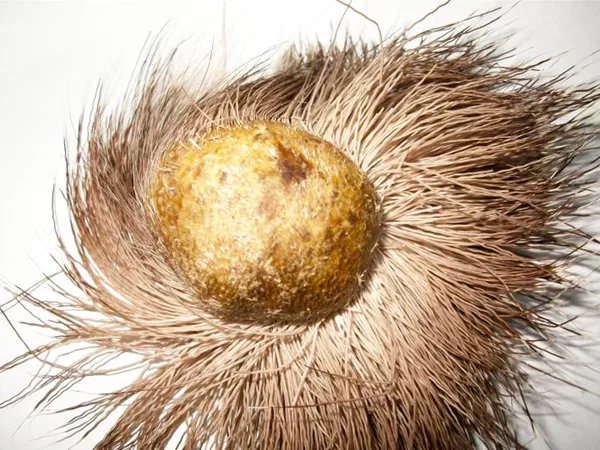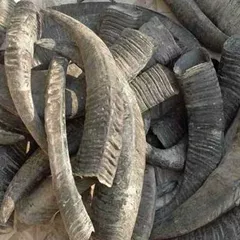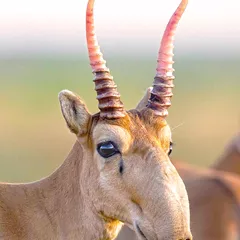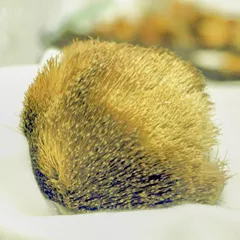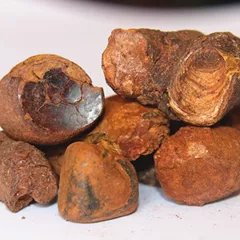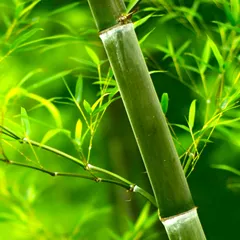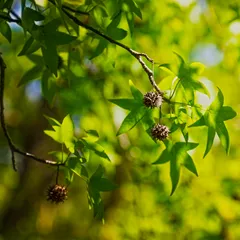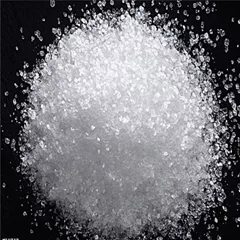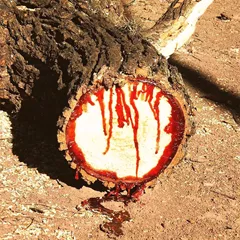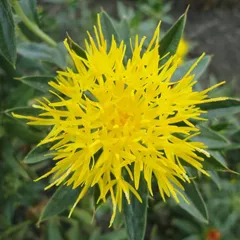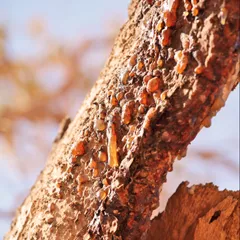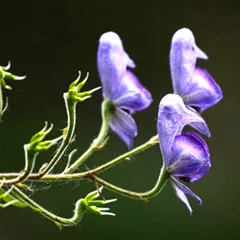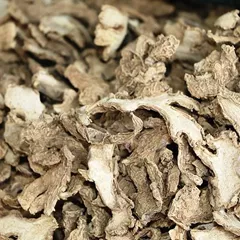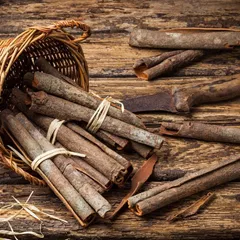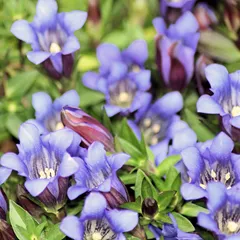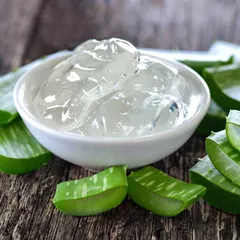Use of She Xiang (musk) in TCM
Please note that you should never self-prescribe TCM ingredients. A TCM ingredient is almost never eaten on its own but as part of a formula containing several ingredients that act together. Please consult a professional TCM practitioner, they will be best able to guide you.
Preparation: The musk secretions should be extracted from the gland and dried.
Dosage: 0.075 - 0.15 grams
Main actions according to TCM*: Opens the Orifices and awakens the spirit. Moves Blood and reduces inflammation and pain. Moves downward, assisting the delivery of late or stillborn babies.
Primary conditions or symptoms for which She Xiang may be prescribed by TCM doctors*: Loss of consciousness Convulsions Seizures Boils Carbuncles Traumatic injuries
Contraindications*: This herb should not be used by pregnant women nor should it be used in cases of Yin Deficiency with Heat signs. It should be used with caution by those with high blood pressure.
Common TCM formulas in which She Xiang is used*
Zi Xue Dan
Source date: 752 AD
Number of ingredients: 17 herbs
Formula key actions: Clears Heat. Opens the sensory orifices. Controls spasms and convulsions. Extinguishes Wind.
Conditions targeted*: Acute encephalitisAcute meningitis and others
She Xiang is a king ingredient in Zi Xue Dan. Like the name indicates, it means it has more power than other ingredients in the formula.
In Zi Xue Dan, She Xiang opens the orifices of the Heart and restore consciousness.
Zhi Bao Dan
Source date: 1075
Number of ingredients: 9 herbs
Formula key actions: Clears Heat. Opens the sensory orifices. Resolves toxicity. Transforms Phlegm .
Conditions targeted*: Acute encephalitisAcute meningitis and others
She Xiang is a king ingredient in Zhi Bao Dan. Like the name indicates, it means it has more power than other ingredients in the formula.
In Zhi Bao Dan, She Xiang is highly aromatic and scurries everywhere. It penetrates all the Channels and it good for unblocking all the orifices of the body.
Musk and Water buffalo horn works well together to clear Heat and open the sensory orifices.
Hui Chun Dan
Source date: Late 18th century
Number of ingredients: 19 herbs
Formula key actions: Opens the sensory orifices. Arrests spasms and convulsions. Clears Heat and transforms Phlegm.
Conditions targeted*: Acute encephalitisAcute meningitis and others
She Xiang is a king ingredient in Hui Chun Dan. Like the name indicates, it means it has more power than other ingredients in the formula.
In Hui Chun Dan, She Xiang is highly aromatic and opens the sensory orifices. This herb is specifically indicated for childhood convulsions and seizures.
Su He Xiang Wan
Source date: 752 AD
Number of ingredients: 15 herbs
Formula key actions: Warms and aromatically opens the sensory orifices. Promotes the movement of Qi. Transforms turbidity.
Conditions targeted*: Cerebrovascular accidentEncephalitis and others
She Xiang is a king ingredient in Su He Xiang Wan. Like the name indicates, it means it has more power than other ingredients in the formula.
In Su He Xiang Wan, She Xiang break up turbidity, open the sensory orifices, as well as unblock the channels and collaterals throughout the body.
It is powerful in treating Wind and Phlegm affecting the head.
Qi Li San
Source date: 1762 AD
Number of ingredients: 8 herbs
Formula key actions: Invigorates the blood and removes Blood Stagnation . Invigorates Qi . Reduces swelling and pain. Stops bleeding .
Conditions targeted*: Stasis by traumatic injuryContusions and others
She Xiang is an assistant ingredient in Qi Li San. This means that it either serves to reinforces the effect of other ingredients or it moderates their toxicity.
In Qi Li San, She Xiang is acrid and aromatic. It eliminates blockage from the Channels, assisting the herbs that invigorate the Blood and dispel Blood Stagnation.
Hui Yang Jiu Ji Tang
Source date: 1445 AD
Number of ingredients: 11 herbs
Formula key actions: Restores and revives the Yang. Augments the Qi. Revives the pulse.
Conditions targeted*: Myocardial infarctionCardiogenic shock and others
She Xiang is an assistant ingredient in Hui Yang Jiu Ji Tang. This means that it either serves to reinforces the effect of other ingredients or it moderates their toxicity.
In Hui Yang Jiu Ji Tang, She Xiang is acrid and aromatic. It assists in unblocking the vessels.
The complementary dynamic between the two assistant herbs, one acrid and sour and the other scurrying and astringent, helps spread Yang and create a pulse.
Dang Gui Long Hui Wan
Source date: 1172 AD
Number of ingredients: 11 herbs
Formula key actions: Drains Liver and Gallbladder Fire Excess.
Conditions targeted*: VertigoTinnitus and others
She Xiang is an envoy ingredient in Dang Gui Long Hui Wan. This means that it directs the formula towards certain area of the body and/or harmonizes the actions of other ingredients.
In Dang Gui Long Hui Wan, She Xiang ensures that the bitter nature of the formula does not lead to a breakdown of the Qi dynamic; it adds regulation of the Qi to the draining of Fire.
Key TCM concepts behind She Xiang's properties
In Traditional Chinese Medicine (TCM), She Xiang belongs to the 'Herbs that open the Orifices' category. The functions of these herbs are much more platonic than the name implies. They're used to help treat conditions associated with central nervous system collapse, including strokes and coma.
Furthermore She Xiang is Warm in nature. This means that She Xiang tends to help people who have too much 'Cold' in their body, although with less effect than a plant that would be Hot in nature. Balance between Yin and Yang is a key health concept in TCM. Those who have too much Cold in their body are said to either have a Yin Excess (because Yin is Cold in nature) or a Yang Deficiency (Yang is Hot in Nature). Depending on your condition She Xiang can help restore a harmonious balance between Yin and Yang.
She Xiang also tastes Pungent. The so-called 'Five Phases' theory in Chinese Medicine states that the taste of TCM ingredients is a key determinant of their action in the body. Pungent ingredients like She Xiang tends to promote the circulations of Qi and Body Fluids. That's why for instance someone tends to sweat a lot when they eat spicy/pungent food.
The tastes of ingredients in TCM also determine what Organs and Meridians they target. As such She Xiang is thought to target the Spleen, the Heart and the Liver. In TCM the Spleen assists with digestion, Blood coagulation and Fluids metabolism in the body. In addition to regulating Blood flow, the Heart is believed to be the store of the 'Mind' which basically refers to someone's vitality. The Liver is often referred as the body's "general" because it is in charge of regulating the movements of Qi and the Body Fluids. It also takes a leading role in balancing our emotions.

